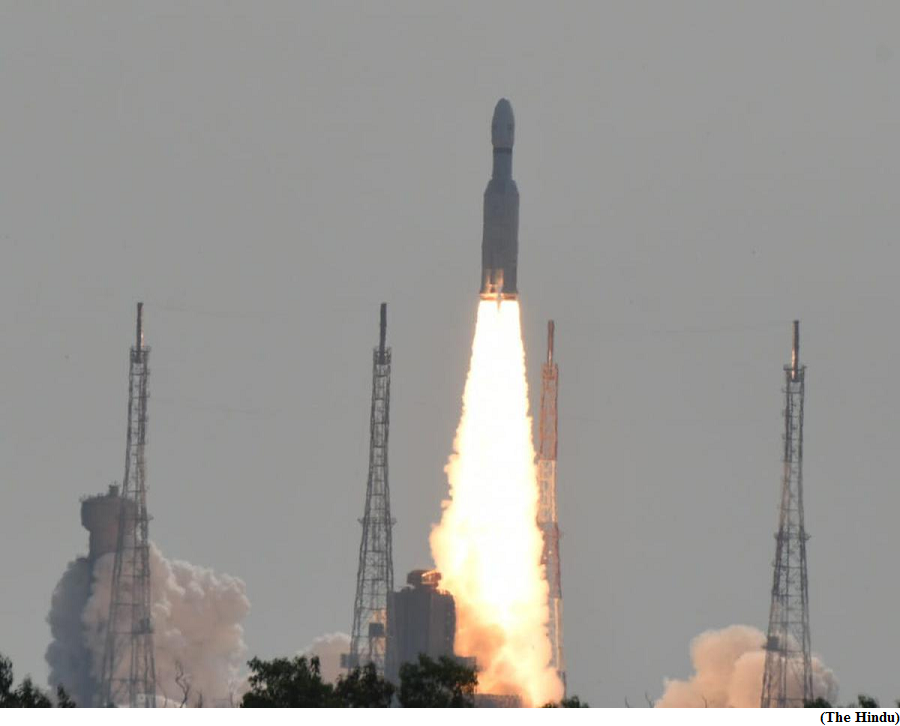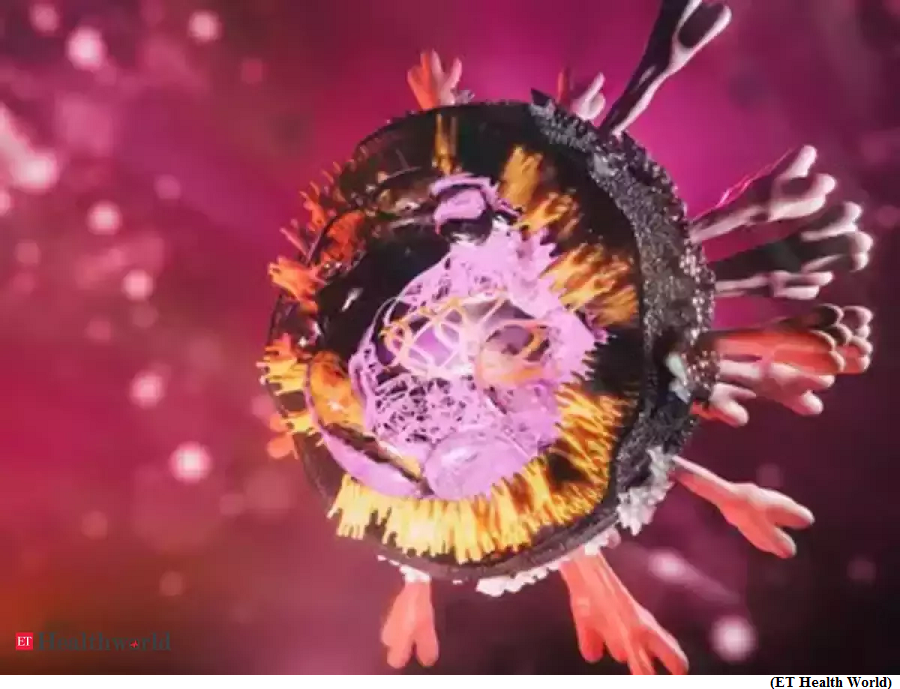ISRO puts 36 OneWeb satellites into orbit (GS Paper 3, Science and Tech)

Why in news?
- Recently, the ISRO’s heaviest rocket LVM3 carrying 36 satellites belonging to UK-based OneWeb Group lifted off fromthe second launch pad at the Satish Dhawan Space Centre.
Details:
- The second dedicated mission for NewSpace India Ltd, the commercial arm of Indian Space Research Organisation is part of the agreement signed with Network Access Associates Ltd, United Kingdom (OneWeb Group Company) for launch of 72 satellites into Low-Earth orbits (LEO).
- The first set of 36 satellites of OneWeb Group company was launched on October 23, 2022 by ISRO.
- In the current mission, the 43.5-metre-tall vehicle weighing 643 tonnes was expected to place 36 OneWeb Gen-1 satellites totalling about 5,805 kg into a 450-km circular orbit with an inclination of 87.4 degrees.
OneWeb group:
- Bharti Enterprises is a major investor in OneWeb group, which is engaged in the implementation of the constellation of low earth satellites.
- It is a global communication network powered from space, enabling connectivity for governments and businesses.
- The launch was the 18th for OneWeb Group company while for ISRO, it would be the second mission in 2023 after the successful launch of SSLV/D2-EOS07 mission undertaken in February.
- With this mission, OneWeb would have 616 satellites in its fleet which would be more than enough to launch global services later in 2023.
- The mission marks OneWeb’s second satellite deployment from India, highlighting the collaboration between the United Kingdom and Indian space industries.
LVM3:
- This is the sixth flight of LVM3 which was earlier known as the Geosynchronous Satellite Launch Vehicle MkIII (GSLVMkIII) with a cryogenic upper stage.
- It had five consecutive missions including the Chandrayaan-2.
Marburg virus disease outbreak kills five in Tanzania
(GS Paper 2, Health)
Why in news?
- Recently, five people have died with the Marburg virus, a highly infectious, Ebola-like disease in Tanzania’s north-west Kagera region.
- According to the World Health Organization (WHO), around 161 people have been identified as at risk of infection through contact tracing and are currently being monitored.

What is the Marburg virus disease?
- Marburg virus disease (MVD), earlier known as Marburg hemorrhagic fever, is a severe, often fatal hemorrhagic fever.
- Marburg, like Ebola, is a filovirus; and both diseases are clinically similar.
- Rousettus fruit bats are considered the natural hosts for the Marburg virus. However, African green monkeys imported from Uganda were the source of the first human infection.
- It was first detected in 1967 after simultaneous outbreaks in Marburg and Frankfurt in Germany; and in Belgrade, Serbia.
- The disease has an average fatality rate of around 50%. However, it can be as low as 24% or as high as 88% depending on virus strain and case management.
What are the symptoms of Marburg virus disease?
- After the onset of symptoms, which can begin anytime between two to 21 days, MVD can manifest itself in the form of high fever, muscle aches and severe headache. Around the third day, patients report abdominal pain, vomiting, severe watery diarrhoea and cramping.
- In this phase, the WHO says, the appearance of patients has been often described as “ghost-like” with deep-set eyes, expressionless faces, and extreme lethargy.
- Between days five and seven, patients report bleeding from the nose, and gums and blood appearing in vomit and faeces. Severe blood loss leads to death, often between eight to nine days after symptoms begin.
How can Marburg virus disease be diagnosed and treated?
- It is difficult to clinically distinguish MVD from diseases such as malaria, typhoid fever and other viral haemorrhagic fevers. However, it is confirmed by lab testing of samples, which like Coronavirus and Ebola are extreme biohazard risks.
- There is no approved antiviral treatment or vaccine for MVD as of now. It can be managed with supportive care. According to the WHO, rehydration with oral or intravenous fluids, and treatment of specific symptoms can help prevent death.



